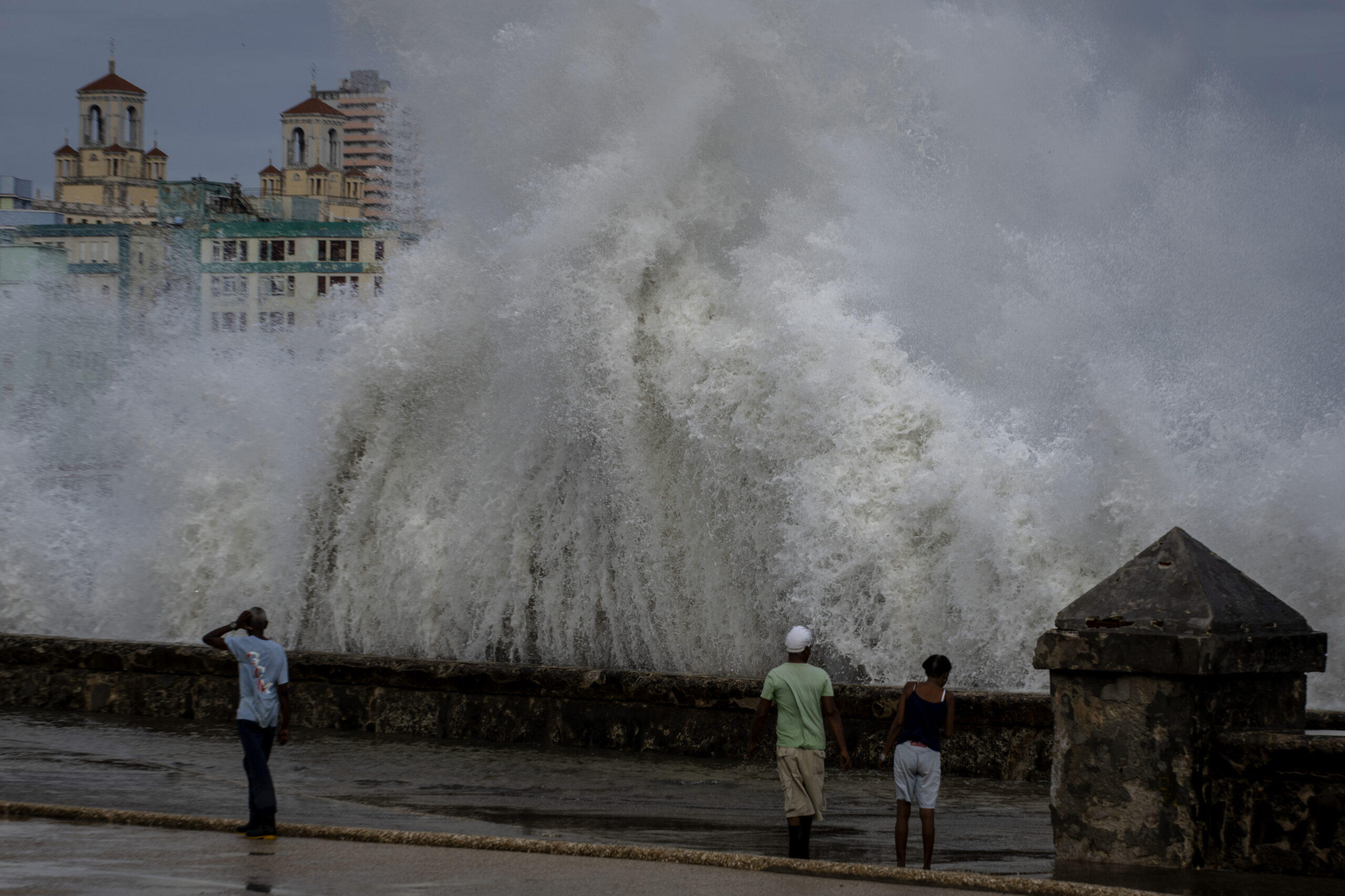Hurricane season officially starts on June 1 and runs through November 30. While it’s impossible to correctly predict precisely what will happen in the Southeastern portion of the U.S., The National Oceanic and Atmospheric Administration feels they have a pretty good idea of what to expect.
They say there is a 40% chance of a near-normal season, a 30% chance it will be an above-normal season, and a 30% chance of a below-normal season. That does not sound like much of a prediction, so let’s take a look at just what “normal” usually is to ascertain what might blow in.
Right now, the National Hurricane Center is predicting 12 to 17 named storms that will have winds of at least 39 mph. That is the starting point — and of those storms with names, between five to nine are forecast to generate hurricane strength. On top of that, four major storms will register as Category 3 or higher.
There are several factors that influence the weather patterns that create hurricanes. This is projected to be warmer than last year, which is the recipe for potentially allowing tropical storms to intensify.
Another factor is the African monsoon season, which is currently very active and could produce long-lived tropical cyclones.
If you’re curious about El Niño, which we have this year — the usually surpasses hurricane activity. Here’s what Matt Rosencrans, a forecaster for the NOAA’s Climate Prediction Center, told reporters about El Niño. “The stronger than an El Nino event, usually the less amount of storms you have.”
Last year there were 14 named storms in the United States, with three turning into hurricanes that did a combined $117 billion in damages. So even a “normal” year can be catastrophic.
In order to track storms developing and potentially warn residents more effectively, the NOAA will be using more powerful supercomputers, developing upgraded forecast models, and having access to better satellite observations.


















Add comment